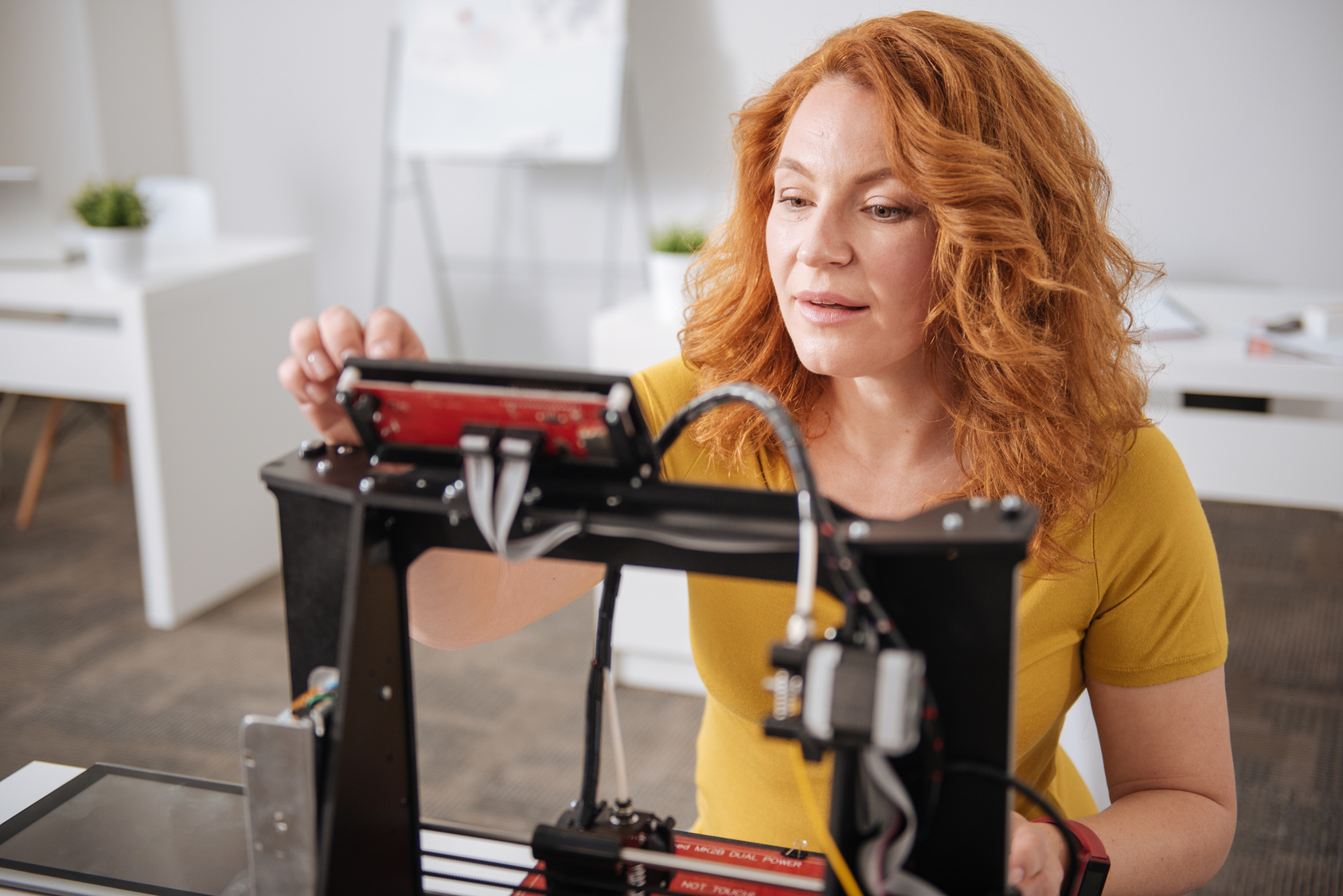The 3D printing industry is expected to be worth over 25 billion dollars by 2021. This is a technology that is clearly here to stay.
When new technology becomes widely available, people always ask how the workplace will be impacted.
Have you been hearing all about 3D printing and wondering what to expect? Keep reading below for insight into the future relationship between 3D printing and the workplace.
The Basics
In case you are not familiar with 3D printing, here are a few basic facts. 3D printing is a process of additive manufacturing. This simply means something is created by adding material.
A design is created on a computer and the file is sent to the 3D printer. There are different techniques for different materials and designs.
It is undeniable that 3D printing has many incredible benefits. Many of these benefits translate directly to the workplace, as described below.
Impacts on the Workplace
Change of Pace from 3D Printing and the Workplace
3D printing will change the speed at which things are accomplished in the office. A clear example is product development. Multiple prototypes can be created in a short amount of time.
This turnaround is appealing, because final version products will take less time. This means it can be sold to consumers faster than ever before.
3D printing also lowers the risk of creating a bad product. This is because you can create many prototypes until you achieve perfection.
The pace will also increase because one person can run all the printing. This, again, will save your business money when it comes to staffing.
Creativity will Become a Bigger Priority
As processes become quicker, creativity will become more important. The most creative people who can think outside the expectations will be a valuable asset.
Opportunities for customization of products are immense with 3D printing.
Customization will allow the consumers to have the perfect product that is unique to them.
Materials on Demand
A great benefit of 3D printing and the workplace coming together is the impact on materials and inventory.
Many businesses operate within small spaces. They also rely on machines to create their products.
Because they have limited space, they cannot keep backup machines or spare parts for when their machine breaks. With a 3D printer, they could download a file from the manufacturer and print the part to fix their machine.
This process would save money. It would also shorten the length of time a business would be without a working machine.
Job Dissolving
Unfortunately, there may be some negative outcomes associated with 3D printing. 3D printing would likely cut certain manufacturing jobs.This would follow the prediction that robots will eliminate about 6% of jobs in the next few years.
These are some of the expected impacts from 3D printing in the workplace. However, there are still unknown questions about the full impact.
Some Final Thoughts
As you can see, 3D printing and the workplace will be connected for many years to come.
Are you ready to learn more? Please contact us and we will be glad to help!



Amanda Drew
January 5, 2018That sounds so cool that people could be able to create a backup part if a machine were to break. It seems like it’d also be easier to make prototypes of new products. Getting a 3D printing service would probably help any business out.
rosered
May 8, 2019Some users are facing these kinds of issues as they may not handle the devices in an appropriate manner.